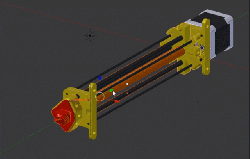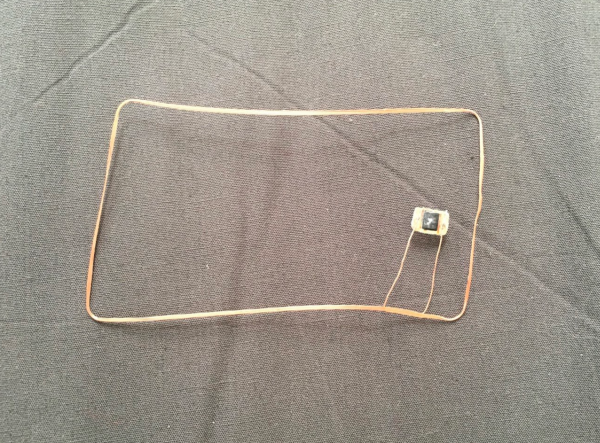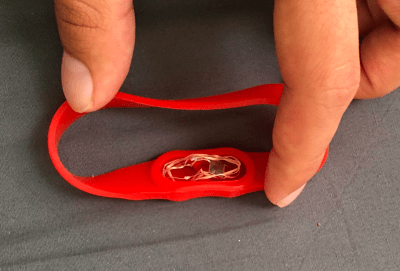If you’re bored with the Game Boy Color’s offerings, it’s understandable: it’s been around for nearly 20 years, and doesn’t get a lot of new releases these days. [Antonio Niño Díaz] spent over a year coding a game for the GBC: µCity, a Sims City style game. He designed the graphics and even wrote his own music.
[Antonio] did all the programming in Assembly Language, creating modules for managing traffic and the power grid, building creation and destruction, as well as disaster simulations. He has extensive notes in his GitHub page detailing each module and describing how it all works together. He’s given it a GPLv3+ license, so hack away.
The ROM works on emulators, but [Antonio] has verified it works on the original hardware; it just reduces the number of saved cities to accommodate the handheld’s lesser stats.
Hackaday loves our GBC: we’ve written up DIY coprocessors for the GBC, adding an audio amp, and even making a solar-powered Game Boy.
Continue reading “Writing A New Game For The Game Boy Color”



















